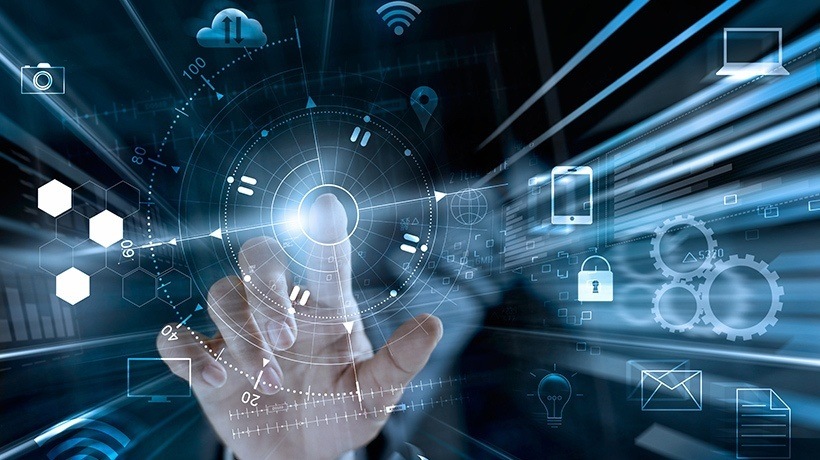
Organizations with a culture of learning have a huge advantage. Take a look at how Microlearning can be leveraged to build learning habits and foster a culture of continuous learning in the remote workplace.
The Importance of Continuous Learning in the Workplace
Studies show that a culture of continuous learning in the workplace creates huge advantages for organizations. Top firms seek employees who know how to learn, ask important questions, and understand how to find answers to those questions. They recognize that employees with a habit of learning are more creative, innovative, and engaged. These organizations can recruit, retain, and develop talent – significantly better than others who do not have this focus.
To accomplish this, organizations need to create learning and performance ecosystems. The ecosystems help build employee learning habits, driving continuous learning in the workplace. In this journey, the concept of microlearning can act as the catalyst.
Why Are Organizations Finding It Difficult to Drive Continuous Learning in the Workplace?
The new normal includes challenges not faced by most employees in the past. Combining the need to work remotely and stay current on recent best practices overwhelms them. It’s common to hear employees complain by saying “I don’t have time for this training.”
Time becomes more of a problem when what learners “need” is different from what L&D teams “provide.” Consider traditional employee compliance training – page-turner eLearning courses that require a certain amount of time to be spent on each page, even though learners may already understand the concept. This is highly demotivating for learners and conditions them to react poorly to such content.
Organizational leadership must lead as an example and should work to model the desired learning habits. Employees will seek to mimic their behavior, especially as leaders share what they’ve learned and promote microlearning content. As they seek to follow the example of leaders, they’ll develop learning habits that drive continuous learning in the workplace.
Why Is Microlearning a Great Fit for Driving Continuous Learning in the Workplace?
Within this environment, microlearning can be used in either formal or informal situations.
Microlearning can be used for formal learning – designed in consumable bites to act as natural fillers for busy employees. Courses that include, and begin with, clear explanations of how employees will benefit from training immediately engage learner attention. This is the “What’s In It For Me” (WIIFM) phenomenon. Employees are more engaged when they clearly understand why they need the training.
Microlearning can also be leveraged to drive informal learning – within a performance support system environment as just-in-time (JIT) learning or more social learning environments where learners curate and share. These systems benefit employees because they have the exact information needed when they need it. Organizations that leverage tools such as Yammer so that employees can share what they’re learning build learning habits that drive continuous learning.
Microlearning also reinforces previously learned information, creating space for practice and remediation. Ongoing microlearning opportunities modify employee habits and challenge bad behavior, replacing it with desired behavior.
How Can You Leverage Microlearning to Drive Continuous Learning in the Workplace?
The following tips will help you drive continuous learning in the workplace.
Step 1 – Build a habit of learning in employees by:
- Always beginning with the What’s In It For Me (WIIFM) to motivate the learners.
- Providing support for learning habits – Through assistance like a performance support system that includes a searchable knowledge base or a forum moderated by SMEs.
- Modifying employee routines – Designate certain times of the day or week for learning. Incorporate ongoing learning cycles that include microlearning courses with quick rewards.
- Getting learners to respond by making the learning frictionless. Even great courses are ignored if it’s difficult to find them, log in, and engage with the content.
- Rewarding the learners once they finish the learning with gamified points or digital badges.
Step 2 – Drive continuous learning in the workplace with microlearning and develop learning habits:
- Poll employees to find out what learning they need and want, and then build according to those needs to foster learning habits.
- Ensure that the learning can be consumed when employees need it. Learning that’s accessible on mobile devices is consumable anytime, during breaks, between tasks, and will nudge learning habits.
- Allow employees to select and personalize their learning.
- Leverage short learning nuggets (under three minutes). Employees can scrub timelines to find what they need without needless extraneous content.
- Leverage short Virtual Instructor-Led Training (VILT) sessions.
- Provide room for focused flipped classroom sessions.
- Use strategic assessments to gauge the effectiveness of the training.
In the new normal, employees are struggling to find time to learn. Organizations can leverage microlearning to not only modify learning habits but also drive continuous learning in the workplace.
Want to learn how you can use microlearning to promote learning in the flow of work?
Take a look at this Infographic where we share our top 3 strategies that will help you improve your training by driving learning in the flow of work.



